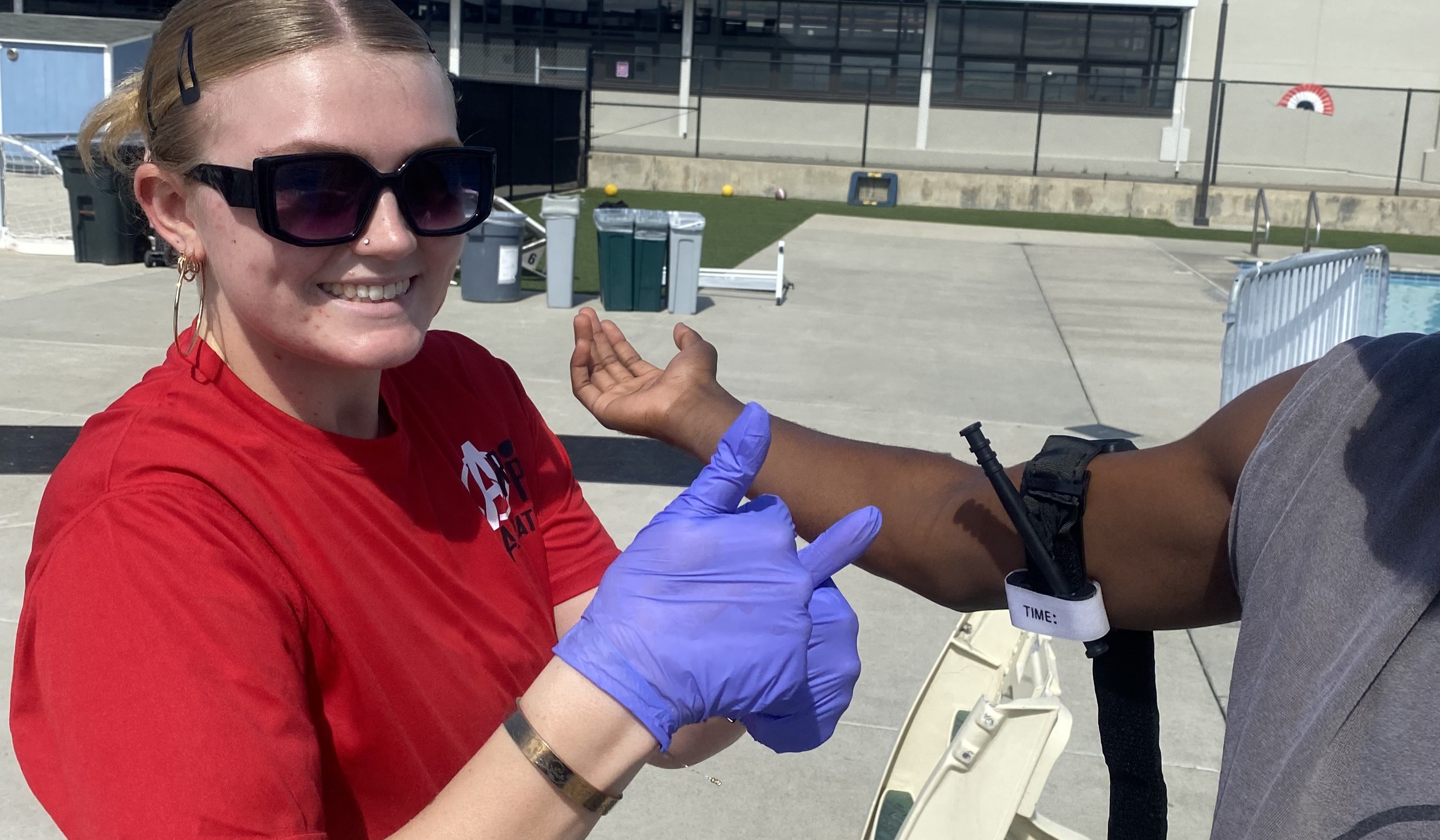Of all pool and spa products, waterfeatures are the most subjective. What captures one person’s imagination may impose on another’s sense of peace.
The right sights and sounds hold a special place in our hearts — the frosting on the cake, so to speak. But when a waterfeature fails to meet expectations, disappointment can quickly set in.
Unfortunately, these features also can be difficult to envision, which is why professional waterfeature designers often make replicas, or mock-ups, of their work prior to building.
“What takes you six or eight hours to mock up can save you tremendous headaches in the long run,” says Greg Stoks, a principal in Commercial Aquatic Engineering, LLC, in Minnetonka, Minn.
Of course, this task isn’t necessary when using a manifold or jet that you’ve installed before. But it makes sense if you’re trying something new. Here, commercial-waterfeature experts explain when they use mock-ups in their work.
To mock or not to mock
There are several reasons to consider mocking up a waterfeature.
You may not know exactly how many gallons per minute per foot you need. Or you may have to study how the water and surface materials will interact. Water walls, for instance, can be particularly tricky.
Mock-ups are beneficial when you’re using a new material and want to see how the falling water looks — or splashes.
“If you’re worried about how far it’ll splash off the wall,
especially if it’s adjacent to pedestrian areas, then it makes sense to build a mock-up,” advises another consultant, Dominic Shaw, director of waterfeatures for Waterline Studios in Fort Collins, Colo.
Mock-ups also can help you solve design conundrums. On a recent job, Shaw wanted the water to form a sheet at high flows, but cling to the back wall on lower settings.
“But for a sheet fall, you generally need a weir with a knife edge, whereas for a water wall, you want a radiused weir,” Shaw says.
By experimenting with different weir configurations and flow rates, he was able to find the right combination.
Equally important, a test run may be required if you’re concerned about elements such as sound. The waterfeature may be too loud for a confined area, or not loud enough to mask unwanted ambient noise.
Or perhaps you’re experimenting with new lighting effects. These products are continually changing, so Shaw may test how they look against falling water, or whether they shine completely through a laminar jet or other vertical feature.
Even if you know what to expect, your clients may not. Showing them mock-ups will help ensure everyone is on the same page. This is especially important with commercial clients.
“What ultimately happens in our commercial projects is that the owner and everybody will agree this is what they want,” Stoks says. “Then you get [one key person] who says, ‘I want a lot more water.’ Because it’s so subjective, we’ll use a mock-up so we can credibly say, ‘This is how it will look.’”
If an architect is used, he or she may dispute the amount of space you want for the catch pool. With a mock-up, you can show just how much splash-out the end product will create.
“They’ve all seen a fountain that had an 18-inch-wide basin,” Stoks says. “So this lets them understand what we’re talking about.”
And don’t miss an opportunity to protect yourself. Stoks and Shaw take videos and photographs of their mock-ups to verify what all parties have agreed upon.
“We videotape it and send the videotape [to the client] for approval,” Shaw says. “Then we typically document the whole process with a letter saying, ‘OK, the consensus was this or that, and we’re going to move forward based on what was [agreed upon] at the mock-up.’”
This document should include specifications such as flow rates, slopes and other factors that will affect the project’s outcome.


